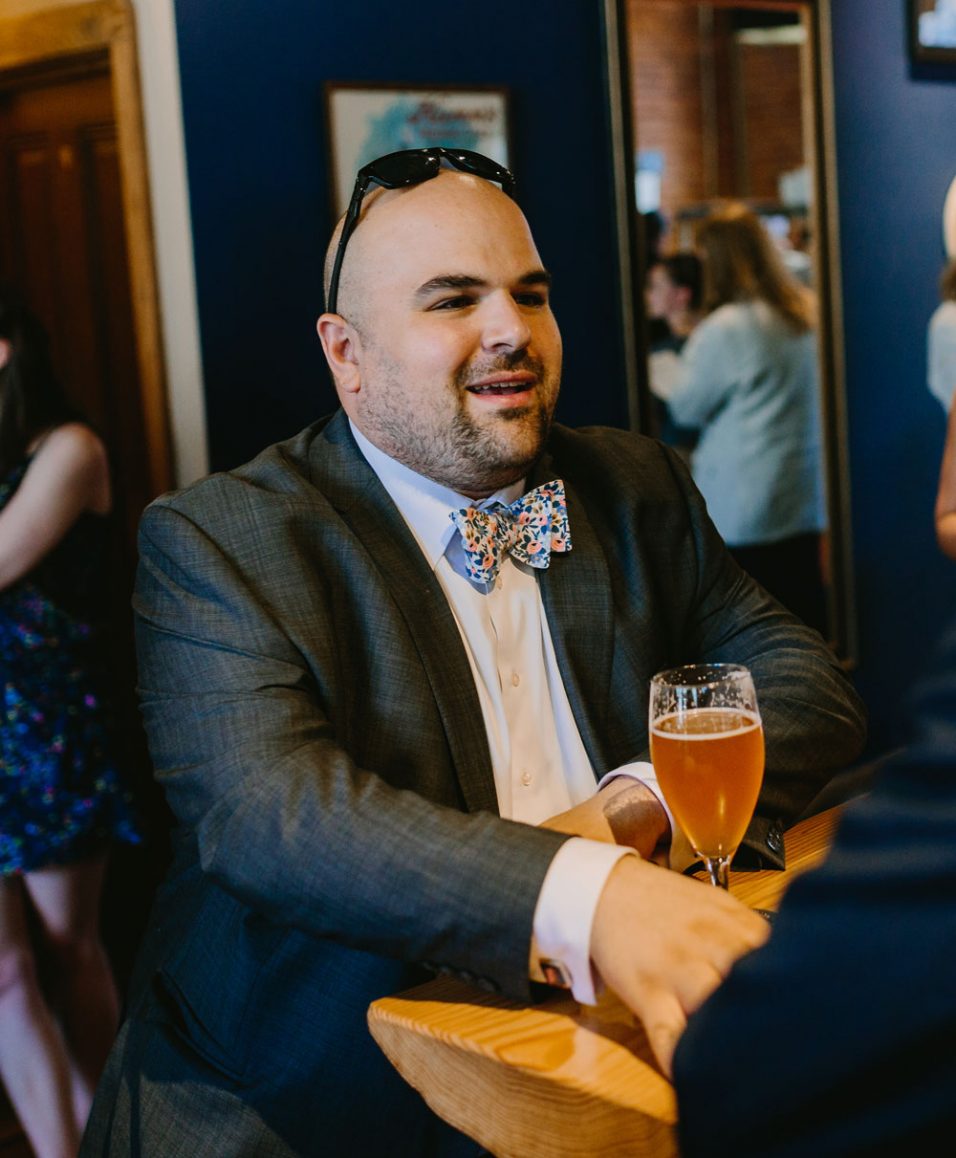Acadia Faculty Q & A: Dr. Can Mutlu
By Omar Bhimji
This past summer, Dr. Can (pronounced: John) E. Mutlu of Acadia’s Department of Politics received a grant from the Social Sciences and Humanities Research Council for a new project: “Designing Border Security.â€
Omar Bhimji (OB): What’s your new research project about?
Can Mutlu (CM): The Designing Border Security project is about the relationship between architecture and security. We’re going to be looking at four recently renovated border facilities in order to understand the process that leads to the creation of secure, yet aesthetically pleasing, border-crossing infrastructures.
OB: It doesn’t sound like you’re talking about Trump’s wall…
CM: Not at all. The way architecture is being employed here goes beyond the physical; the facilities we’re looking at have made security both beautiful and all but invisible. They’ve used materials like reclaimed wood from pine beetle-infested trees in BC, and removed counters and line-ups. For most people crossing the border, the experience is like visiting an Apple Store, which is no coincidence since one of the facilities was designed by the firm that designed the original Apple stores. The first, public-facing layer of security is hidden by the design aesthetic.
OB: Do you have a theory about the motivation behind this shift in design?
CM: We believe that the intent behind the shift is two-fold. For most people who cross the border, a more aesthetically pleasing facility will improve the experience and promote good relations. The design is meant to put “trusted-travellers†at ease. But this layer, and this feeling, also hides the struggle: it creates an illusion that makes the border seem less ferocious and obfuscates the practices happening behind closed doors. So in both ways it works to hide the apparatus of security: from our eyes and our experience, but also in the imaginary: how we think of and imagine our collective experience.
OB: How does this work fit with your broader research interests?
CM: The thread winding through my research career is the question: what is security today? Changes to borders and security practices are being driven by technological change: new technologies are affecting how we think of and design physical infrastructure and space; they’ve broadened the concept of security to be less responsive and more pre-emptive, even determinative. How humans interact with technology in this liminal space – around, but also between countries – has serious implications for our rights and sovereignty.
OB: Outside of work, what are you doing for fun these days?
CM: I’ve been going for long walks every day for about a year, usually on the rail trail from Wolfville to Grand Pre. I walk 16 or 17 kilometers in a day, often by myself listening to a podcast. I enjoy being outside and, especially if I can get out in the morning, I find it grounds me for the rest of my day, emotionally and mentally. But I’m planning to get a bike this spring, so I can get a bit further afield and do some more exploring in the Valley. I also travel once a month to see my daughter, Eleanor, in Ottawa; that‘s something that I always look forward to.
Image: Jon-Mark Wiltshire in Victoria, BC.
